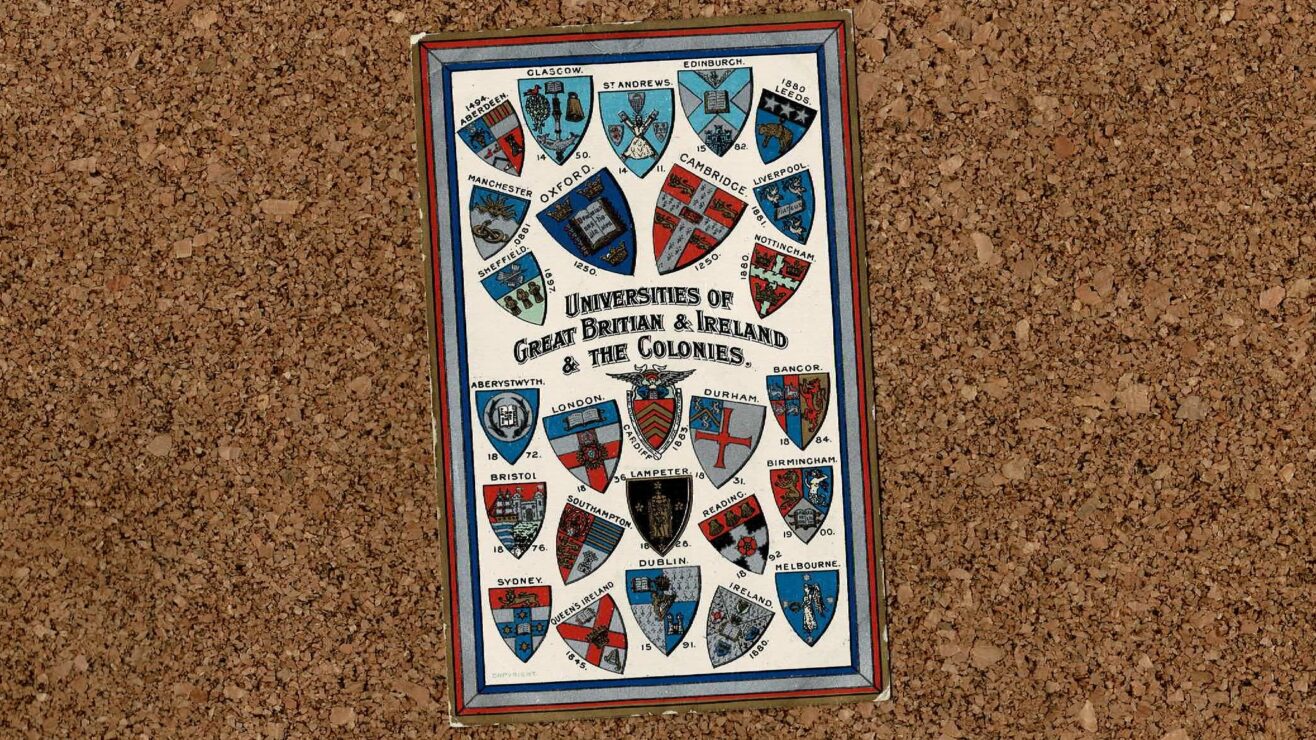The need to eliminate persistent racial inequalities in student outcomes in UK higher education is emphasised by various UK agencies.
But as universities focus on eliminating ethnicity awarding gaps, as well as continuation and progression gaps, our research highlights what we are calling ethnicity “experience gaps”, the ways that curricula exclude and alienate racially minoritised students and sustain systemic educational inequality.
Various researchers have argued that Eurocentric, “white” curricula are partly to blame for disparities in outcomes and student experiences. Student movements have also called for curricular change for years.
But how do we measure student experiences of the cultural sensitivity of their curriculum? Despite moves across the UK and around the world toward diversifying, decolonising, or creating more culturally sensitive, responsive or affirming curricula, until recently there were no measures to assess progress on curricular revision.
We have conceptualised and tested a ground-breaking survey instrument, the Culturally Sensitive Curricula Scales (CSCS), which enables students to rate the cultural sensitivity of their curricula. That is, curricula for which attitudes, teaching methods and practice, teaching materials, curriculum, and theories relate to, affirm and respect diverse cultures, identities, histories, and contexts.
Here are the gaps
The original CSCS survey had four scales, assessing the extent to which diversity is represented in the curriculum, people of diverse ethnicities are portrayed in negative or stereotyped ways, students are encouraged to challenge power, and classroom interactions are inclusive.
Our initial study (n=262), published in Studies in Higher Education, found that Black and Asian students in one ethnically diverse English university tended to see their curriculum as less culturally sensitive than their White peers.
Racially minoritised students’ ratings on each of the CSCS’s four scales were significantly lower, with medium to large effect sizes. They especially noticed how people of colour were represented in negative or stereotyped ways and thought classroom interactions were less inclusive. In two further studies in the same institution, these experience gaps were also found among students within a single programme and at the level of individual modules.
Widening the lens
To further develop the CSCS scales and test whether this finding was robust across institutions, we collaborated with colleagues across seven institutions in the Network for Evaluating and Researching University Participation Interventions (NERUPI), in a project recently published in the journal Higher Education.
In this study, we revised the CSCS survey, expanded the participant pool to a wider range of universities and programmes of study, and controlled a key potential confounding variable.
We added a new scale that assesses the extent to which diverse ethnic groups are presented positively in the curriculum, meaning that they are depicted as professionals or having power, high income, status or in terms of their strengths or assets.
We also added a scale assessing how culturally sensitive the assessments were, focusing on the extent to which assessments invite students to connect the subject to diverse cultural experiences, perspectives, histories or contexts. This revised Culturally Sensitive Curricula Scales (CSCS-R) is a stronger instrument for use in researching and evaluating students’ experiences of the cultural sensitivity of their curricula.
After surveying nearly 300 second year students in this NERUPI CSCS study, we again found that ethnically minoritised students perceived the curriculum as less culturally sensitive than their White peers. This finding held across programmes and universities, suggesting that it is a widespread issue across the higher education sector in England. We also found that Black students tended to rate their curricula as less sensitive than Asian students. These wider experience gaps for Black students than Asian students are consistent with wider degree awarding gaps for Black students in UK HE institutions.
The NERUPI CSCS study was intended to raise staff awareness of these experience gaps to support the creation of more culturally sensitive curricula. To consolidate our learning from the study, the participating NERUPI institutions have collaborated on a book which showcases different ways of using CSCS-R findings and related tools to address experience gaps.
Changing practice
Ethnicity experience gaps, specifically as they relate to the curricula, need to be addressed intentionally and proactively.
To do so, universities must build commitment to action, particularly among academics who can decide what and how they teach. Data such as those from the CSCS-R highlight the problems and opportunities for reform, and ought to serve as a call to action.
Even if academics are committed to justice, though, they often need support to build knowledge and skills to effectively implement culturally sensitive curricula. Our Culturally sensitive curricula educator self-reflection tool can be a starting point for professional development activities, and various other universities have developed toolkits that can be drawn on.
Subject-specific conversations are particularly valuable in encouraging academics to collectively rethink their disciplines and try new practices. We encourage educators to embed evaluation throughout the change process, including through cycles of action research on their own practice that attend to the experiences of racially minoritised students. Using these new tools and focusing on actionable steps that academics and educational developers can take to promote more culturally sensitive curricula should help close ethnicity experience gaps.















This is very interesting research and a great resource. I’m not sure if the authors will read the comments, but if they do – are you able to say anything more on differences between majoritised and minoritised students’ views by course / subject, as well as in aggregate? I’d be interested in what the data says about specific courses if this is available. There are some different subjects in the mix, including some constrained by professional bodies, which I’d anticipate would not have as much flexibility in curriculum content and assessment.
We investigated a variety of different subject areas including social work, education, psychology, applied health sciences and law in the NERUPI study and did not find significant differences by subject (programme). That is, experience gaps were ubiquitous across programmes as well as universities. Professional bodies do constrain some elements of curricular design, but there is often still space to make changes. We are starting to see that some professional bodies are also rethinking their standards in light of cultural sensitivity and diversification. New standards may, in turn, drive curricular changes in this direction.
Thanks